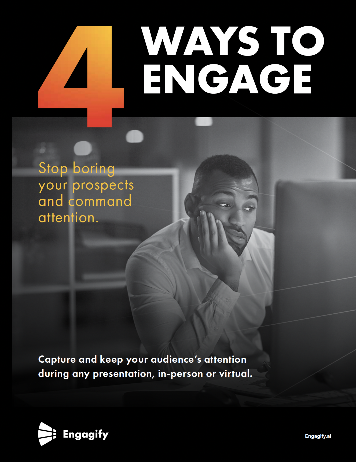Have you ever been in a meeting where the presentation looked amazing but left you feeling a bit lost? I know we’ve all been there!
The slides are slick, the design is top-notch, but something’s missing. As the speaker continues, it hits you—the content just isn’t there. It’s all style, no substance, and by the end, you’re left scratching your head, wondering what the point was.
This happens more often than it should. It’s easy to get caught up in making things look good, but without a solid foundation, even the most visually appealing presentation can fall flat. That’s where structure comes in—it’s the backbone that keeps everything together. One approach that really nails this is called the 4mat System from Neuro-Linguistic Programming (NLP). It’s a method that breaks down communication into four key steps: why, what, how, and what if.
First, the why. People need to know why they should care about what you’re saying. If you don’t answer that question right off the bat, you risk losing them before you’ve even started. It’s like setting the stage for a story—without a reason to listen, the audience tunes out.
Once they’re on board, you move to the what. This is where you lay out the core information—what you’re talking about and what it means. It’s about clarity, making sure your audience knows exactly what’s at the heart of your message.
Next comes the how. This is where you explain how it works, giving people a clear understanding of the process or concept. Think of this as the nuts and bolts of your presentation—the details that help your audience grasp the mechanics behind the idea. Whether it’s a step-by-step guide or a breakdown of a concept, this section is where the learning really happens.
Finally, the what if. This part is about application—how can what you’ve just explained be used in real life? It’s about connecting the dots and making the content relevant to your audience. The what if section is where your audience starts thinking about how they can take what they’ve learned and put it to use in their own situations. It’s where the content becomes practical and actionable, giving your audience something they can take away and apply.
By following this structure, you’re not just putting together a pretty presentation—you’re creating something that resonates with your audience. It’s about making sure the content is as strong as the design, so when people walk away, they feel informed and engaged, not just impressed by the visuals. That’s the difference between a presentation that’s all window dressing and one that has real substance.
This structure is about ensuring that every part of your message hits home. When you start with a solid foundation, you build communication that not only looks good but stands the test of time.




